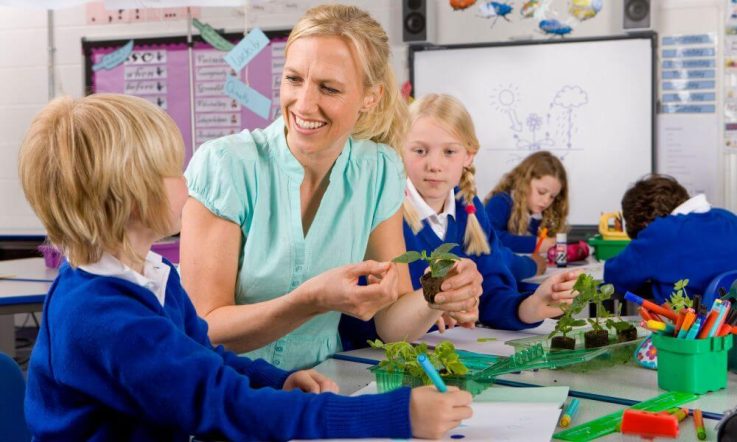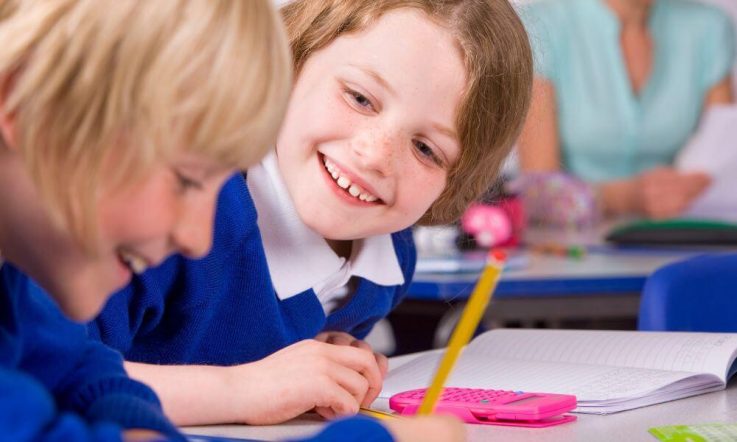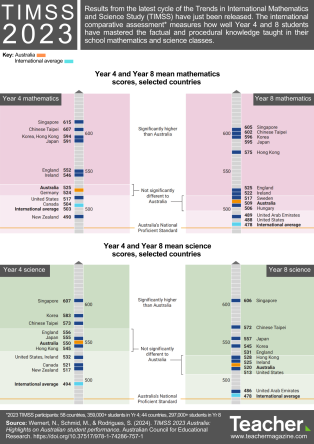Data from the latest Trends in International Mathematics and Science Study (TIMSS) show Australia’s year 4 students achieved the country’s best-ever result. Alongside the online assessment, students, teachers and principals at participating schools completed a questionnaire that sought information about home contexts, and student characteristics and attitudes towards learning mathematics and science. Today, the Australian Council for Educational Research (ACER) released the results from those contextual questionnaires. Here, we take a look at some of the findings from the new report – TIMSS 2023: Australia. Volume II: Student and school characteristics – which provide insights for your own school context and practice.
TIMSS 2023 involved more than 650,000 year 4 and year 8 students worldwide, including a representative sample of 13,912 students from 559 Australian schools.
As we previously reported, Australian results from the eighth cycle showed plenty for students, their families, and teachers to be proud of. For example, in science between 2019 and 2023 the average year 4 student moved from being able to ‘apply knowledge using only a few scientific concepts’ to being a ‘high performer’ (Earp, 2024). At year 8, achievement remained steady, highlighting the need to sustain momentum and engagement through the middle years.
Despite these improvements, the latest national TIMSS report (Wernert et al, 2025) released by ACER today confirms longstanding challenges around equity and student wellbeing. Students in more affluent schools, and those in major cities, continue to achieve higher scores. While this pattern is consistent across TIMSS cycles, the data show some schools do break the trend – reinforcing the importance of targeted support and school leadership.
A supportive school climate
The Volume II analysis highlights the benefits of safe, inclusive and well-run schools. ACER says these findings have remained stable over time and point to the central role of school climate in shaping student success.
The data show a strong sense of belonging, lower rates of bullying, and a calm and orderly environment are all associated with higher student performance.
Students with mathematics and science teachers who reported that their schools were very safe and orderly had higher achievement in those subjects than students whose teachers reported that their schools were less than safe and orderly. This measurement involved teachers being asked about the extent of their agreement with 7 statements, including ‘I feel safe at this school’, ‘The students are respectful of the teachers’, ‘This school has clear rules about student conduct’, and ‘This school’s rules are enforced in a fair and consistent manner’.
To measure a sense of belonging, students were asked how much they agreed with 7 statements about their feelings towards school, including ‘I feel safe when I am at school’, ‘Teachers at this school care about me’, ‘I am proud to go to this school’, and ‘Students at this school like me the way I am’. Students in both years 4 and 8 with a high sense of school belonging had higher achievement in mathematics and science than students with little sense of school belonging.
Students who reported ‘never’ or ‘almost never’ experiencing bullying (48% for both year 4 and 8 students) also had higher achievement in both subjects than their peers who reported being bullied ‘about monthly’ or ‘about weekly’.
Teacher instruction
The report notes that well-prepared teachers and clear instruction also make a measurable difference. ‘At year 4, Australian students who reported high clarity or moderate clarity of instruction in their mathematics lessons had significantly higher mathematics achievement than students who reported low clarity of instruction,’ it reads.
‘At year 8, Australian students who reported high clarity of instruction in their mathematics lessons had significantly higher mathematics achievement than students who reported moderate clarity of instruction.
School attendance
We know that student absenteeism has an impact on learning outcomes, so it’s important for teachers and leaders to be aware of attendance rates and the reasons behind the absences. The TIMSS Volume II analysis underscores this.
The study reveals 7% of year 4 students and 8% of year 8 students reported being absent at least once a week. ‘Students with this level of absenteeism had significantly lower achievement in mathematics and science than students who reported never or almost being absent (around 50% of students),’ it reads.
Strong foundations and professional support
ACER manages Australia’s participation in TIMSS on behalf of the Commonwealth, state and territory governments. ACER CEO Lisa Rodgers says Australia’s performance in TIMSS 2023 highlights the value of investing in strong foundations. ‘Our year 4 students are performing better than ever before, and we’re seeing clear signs of progress where teaching is strong and school communities are engaged.
‘At the same time, we must remain focused on the broader conditions that shape student learning. School climate, attendance, and access to quality teaching all matter – and it remains a national priority to ensure every child, in every community, has access to the support they need to succeed.'
TIMSS 2023: Australia. Volume II: Student and school characteristics by Nicole Wernert, Sima Rodrigues, Marina Schmid and Catherine Underwood is available from www.acer.org/timss.
Stay tuned: Volume II brings together findings on the school and classroom learning environment, students’ attitudes and beliefs, teacher characteristics, and students’ use of technology. We’ll be looking at findings related to clarity of instruction and teacher professional development in future infographics.
Editor's note: This article was updated on 19 June 2025.
References
Earp, J. (2024, December 4). TIMSS 2023: Year 4s overcome pandemic learning disruption to set new high. Teacher magazine. https://www.teachermagazine.com/au_en/articles/timss-2023-year-4s-overcome-pandemic-learning-disruption-to-set-new-high
Wernert, N., Rodrigues, S., Schmid, M., & Underwood, C. (2025). TIMSS Australia 2023: Volume II: Student and school characteristics. Australian Council for Educational Research. https://doi.org/10.37517/978-1-74286-756-4
How do you and your colleagues work to create a safe teaching and learning environment, and a sense of belonging and pride in the school?
Are there clear rules about student conduct? How do you communicate these to the whole school community? Are they enforced fairly and consistently?



